ATTENTION: B2B FOUNDERS, CONSULTANTS, AGENCY OWNERS, AND C-SUITE.

ATTENTION: B2B FOUNDERS, CONSULTANTS, AGENCY OWNERS, AND C-SUITE..

Turn Your ;likedinnnInto a Deal-Closing Machine — Without Lifting a Fingeri
We ghostwrite for B2B founders and executives who want to build authority, attract inbound leads, and dominate their industry — all without creating content or cold messaging.
ATTENTION: BUSINESS OWNERS, CONSULTANTS, AGENCY OWNERS, AND C-SUITE..
Unlock the Power of LinkedIn and
Dominate the Top 1% of Your Market
Effortlessly boost your brand’s visibility and generate high-quality leads — no endless content creation or cold DMs needed, and still stay true to your authentic voice.
Transform your LinkedIn profile into a 24/7 digital salesperson, driving high-quality leads and boosting your business's visibility.
CLICK BELOW TO WATCH FIRST!

Turn Your ;likedinnnnInto a Deal-Closing Machine Without Lifting a Finger
We ghostwrite for B2B founders and executives who want to build authority, attract inbound leads, and dominate their industry.
All without creating content or cold messaging.
CLICK BELOW TO WATCH FIRST!
ATTENTION: B2B FOUNDERS, CONSULTANTS, AGENCY OWNERS & C-SUITE..
Turn Your Linkedin Into a Deal-Closing Machine Without Lifting a Finger
We ghostwrite for B2B founders and executives who want to build authority , attract inbound leads , and dominate their industry — all without creating content or cold messaging .
CLICK BELOW TO WATCH FIRST!
Here’s what Dan had to say about working with us:
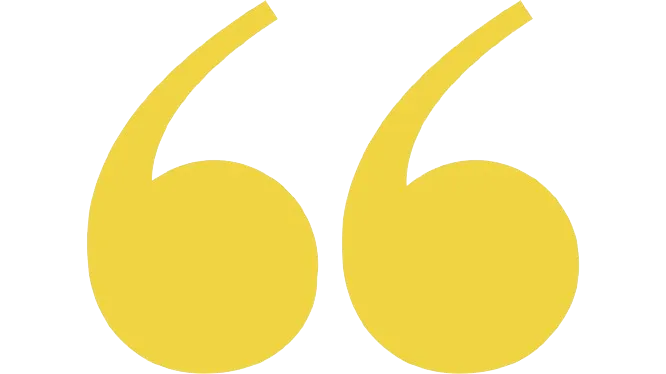
I was looking to create more signal and less noise… With Owen, I turned my brand into a consistent machine of quality content. I’ve seen very good measurable results that have made me very happy. It's exactly the kind of partnership every thought leader or content creator should aim for.
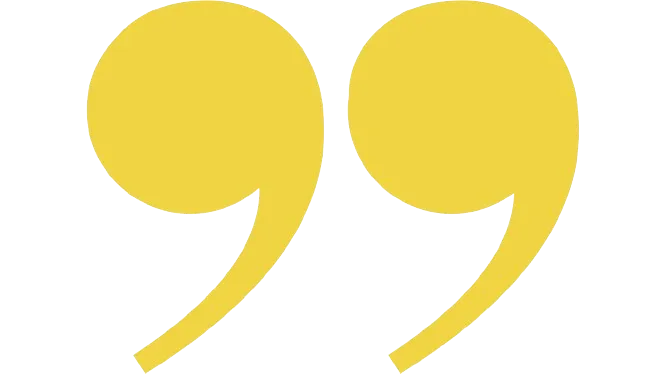
Dan’s story shows what’s possible when you combine clarity, strategy, and a winning partnership. In just 90 days, he’s added $70,000 in revenue to his business — and the momentum continues.
SUCCESS CASE
How We Helped a Consultant Add $70,000 in Revenue in Just 90 Days
When Dan first approached us, he had a small LinkedIn presence and a big ambition — to grow his subscription and consulting business. He knew where he wanted to go, but didn’t have the clear path or tools to get there.
That’s where we came in.
We crafted a roadmap for his success, designed specifically for his goals. Next, we built a custom content strategy that resonated with his audience and automated his outreach to target his Ideal Customer Profile (ICP).
Within just 28 days, the results were impressive:
30 new members to his subscription
Generated $13,320 ARR
Secured 2 consulting deals worth $50,000
Significant rise in post impressions & profile visits
A revival of inbound leads
SUCCESS CASE
How We Helped a Consultant Add $70,000 in Revenue in Just 90 Days
When Dan first approached us, he had a small LinkedIn presence and a big ambition — to grow his subscription and consulting business. He knew where he wanted to go, but didn’t have the clear path or tools to get there.
That’s where we came in.
We crafted a roadmap for his success, designed specifically for his goals. Next, we built a custom content strategy that resonated with his audience and automated his outreach to target his Ideal Customer Profile (ICP).
Within just 28 days, the results were impressive:
30 new members to his subscription
Generated $13,320 ARR
Secured 2 consulting deals worth $50,000
Significant rise in post impressions & profile visits
A revival of inbound leads
Here’s what Dan had to say about working with us:

I was looking to create more signal and less noise… With Owen, I turned my brand into a consistent machine of quality content. I’ve seen very good measurable results that have made me very happy. It's exactly the kind of partnership every thought leader or content creator should aim for.

Dan’s story shows what’s possible when you combine clarity, strategy, and a winning partnership. In just 90 days, he’s added $70,000 in revenue to his business — and the momentum continues.
STRUGGLING WITH YOUR PERSONAL BRAND?
Common Challenges That Might Be Holding You Back
Hired content managers before, but they didn’t deliver results.
Wanted to grow a personal brand, but didn’t know where to start.
Posted on social media, but it feels like shouting into the void.
Wanted to expand network and influence, but lacked a clear strategy.
Tried trial and error, and now ready for a proven solution to grow, monetize, and scale a personal brand.
If this sounds like you, you're not alone — here's what one of our Clients have to say…

Working with Owen was one of the smoothest and most effective
marketing collaborations I've had. He didn't just help promote the book — he found the sharpest angles, built momentum on platforms like LinkedIn, and helped position the message in a way that aligned with our bigger vision at Hawke.
His ability to turn content into meaningful traction is rare. Highly recommend to any founder looking to amplify their thought leadership.
— Erik Huberman, CEO of Hawke Media

Maybe you've worked with content agencies that overpromise and underdeliver, failing to understand your voice, values, and vision.
Or perhaps you’ve tried to handle it yourself with AI tools like ChatGPT... only to realize that everyone can tell.
Building a successful personal brand is about more than just producing content.
You need a personalized strategy—one that builds authenticity and authority.
Creating consistent, quality content is challenging and time-consuming. We hear it all the time:
"Oh, I’ll just use AI software to write content for me."
But without a proper strategy, even the best AI-generated content won’t build a lasting brand. Real growth comes from content that fosters authenticity and authority.
BUILDING YOUR BRAND MADE SIMPLE
Our Simple 3-Step System for Authority, Engagement, and Revenue

Ideal Client
Clarity
We dig deep into your audience to uncover what they care about — so your content always hits home.

Authority-Driven Content
We write high-impact posts in your voice that educate, engage, and elevate your positioning.

Sales-Ready
System
We publish consistently using a proven framework that turns attention into pipeline — without you lifting a finger.
How We Take the Guesswork Out of Building Your Personal Brand
Ask Yourself This…
Are you truly satisfied with your current strategy and results?
If the answer is no, we’re here to take the guesswork out of building your brand.
Our proven system delivers consistent daily content, integrates powerful social media automation, and shows you how to leverage your brand for real business growth.
Your LinkedIn profile will become your ultimate business asset—a digital resume and a 24/7 salesperson working around the clock.
How do we make it happen?
With a dedicated team of experts, including a content strategist, writer, designer, and customer success manager, we offer a comprehensive approach to scaling your brand.
TESTIMONIALS
Recent Client Wins

In only one week, I have been able to transform my social media confidence by solidifying my brand, which has led me to getting warm and HOT leads without overselling. Owen's method works!



Christiana Cioffi
Empowerment Leadership Coach

My business book attracted high-ticket consulting deals, but I struggled to convey what I do or sell it effectively. Owen’s proven A-Z plan took me from $0 to $52.5k!



Alan Amling
Author and Former UPS Executive

After 4 years of never crossing $10k a month, Owen’s guidance helped me hit $20k—and now I'm on my way to $30k months!



Jeff Wickersham
Author and Founder, The Warrior Dad


In only one week, I have been able to transform my social media confidence by solidifying my brand, which has led me to getting warm and HOT leads without overselling. Owen's method works!


Christiana Cioffi
Empowerment Leadership Coach


My business book attracted high-ticket consulting deals, but I struggled to convey what I do or sell it effectively. Owen’s proven A-Z plan took me from $0 to $52.5k!


Alan Amling
Author and Former UPS Executive


After 4 years of never crossing $10k a month, Owen’s guidance helped me hit $20k—and now I'm on my way to $30k months!


Jeff Wickersham
Author and Founder, The Warrior Dad
CASE STUDY VIDEOS
Real Results from Our Clients in Action
"Wickedly passionate about what he does. He listens with an empathetic and understanding heart."
"The funnel from book sales to coaching clients was incredible. A definitive increase in followers across all my social media platforms."
"Owen always answered questions with patience and never got frustrated. I never felt embarrassed about asking for help."
"Your abilities far surpass the basic stuff — it's about building an entire company."
TESTIMONIALS
See What Our Clients Are Saying…


My content is getting tons of impressions!
I'm having lots of DMs and I've booked 5 consults so far — it's going super well, thanks to Owen's team!
- High Performance Coach



The posts have looked great so far, and there has definitely been a big uptick in views/engagement.
Over 12k impressions on the most recent one!
- Leadership Consultant

- High Performance Coach


Owen and his team revitalized my LinkedIn content strategy, boosting engagement and audience growth with data-driven campaigns tailored to the platform. What was once routine is now a strategic asset. 5 stars.
- Legal Executive From Meta


My content is getting tons of impressions!
I'm having lots of DMs and I've booked 5 consults so far — it's going super well, thanks to Owen's team!


- High Performance Coach

High Performance Coach

The posts have looked great so far, and there has definitely been a big uptick in views/engagement.
Over 12k impressions on the most recent one!


- Leadership Consultant

Leadership Consultant

Owen and his team revitalized my LinkedIn content strategy, boosting engagement and audience growth with data-driven campaigns tailored to the platform. What was once routine is now a strategic asset. 5 stars.


- Legal Executive From Meta
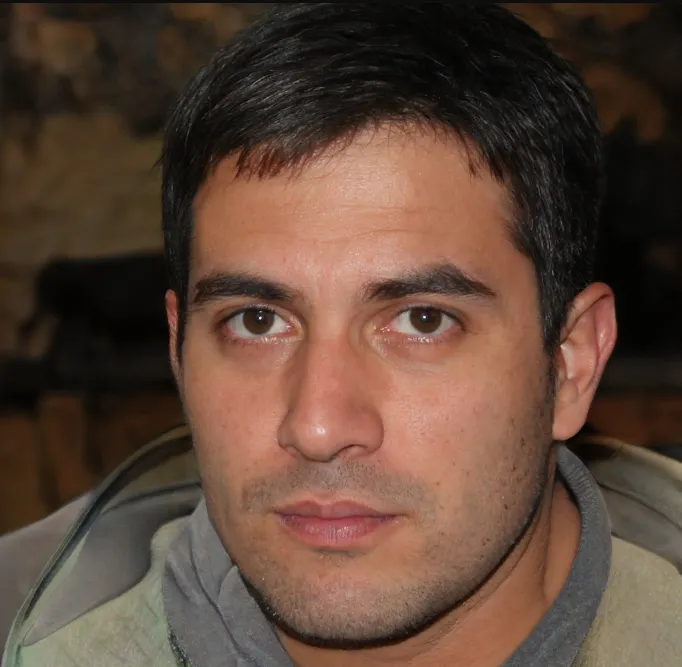
Empowerment Leadership Coach

High Performance Coach

Leadership Consultant

Empowerment Leadership Coach


Pumped to have 8x'd my investment!
Owen helped me fine-tune my messaging for my coaching offer and outlined the winning game plan to leverage LinkedIn to earn clients efficiently.
I have gone from barely earning $10,000 a month to having consistent $20,000 months; but most importantly, gaining the clarity I have desired for so many years."
- Legacy High Performance Coach for Dads & Author



MAJOR win for me today. I soft-launched my business seven months ago, totally from scratch and with Owen's complete help.
Tonight, I got a contract back from a future client that put me over $100,000 in committed revenue in those seven months.
All that was done was following the exact playbook Owen provides. Having a kickass offer, some natural LinkedIn content, and some evangelism from my existing network. Absolutely wild.
- Core Values Coach & Bestselling Author



Owen and the team at Unleash the Knowledge brought my vision for 'Everybody Leads' to life with strategic clarity and flawless execution.
From podcasts to social media rollouts, their messaging amplified my purpose and far exceeded expectations.
Owen has a rare ability to distill complex leadership ideas into powerful, high-impact content that resonates deeply and drives real audience connection.
- Chairman and CEO
Leading Law Firm


Pumped to have 8x'd my investment!
Owen helped me fine-tune my messaging for my coaching offer and outlined the winning game plan to leverage LinkedIn to earn clients efficiently.
I have gone from barely earning $10,000 a month to having consistent $20,000 months; but most importantly, gaining the clarity I have desired for so many years.


- Legacy High Performance Coach for Dads & Author

Legacy High Performance Coach for Dads & Author

MAJOR win for me today. I soft-launched my business seven months ago, totally from scratch and with Owen's complete help.
Tonight, I got a contract back from a future client that put me over $100,000 in committed revenue in those seven months.
All that was done was following the exact playbook Owen provides. Having a kickass offer, some natural LinkedIn content, and some evangelism from my existing network. Absolutely wild.


- Core Values Coach & Bestselling Author

Core Values Coach & Bestselling Author

Owen and the team at Unleash the Knowledge brought my vision for 'Everybody Leads' to life with strategic clarity and flawless execution.
From podcasts to social media rollouts, their messaging amplified my purpose and far exceeded expectations.
Owen has a rare ability to distill complex leadership ideas into powerful, high-impact content that resonates deeply and drives real audience connection.


- Chairman and CEO
Leading Law Firm

Core Values Coach & Bestselling Author


Legacy High Performance Coach for Dads & Author


Core Values Coach & Bestselling Author
MORE CASE STUDIES
Driving Revenue Through Enhanced Social Media Performance
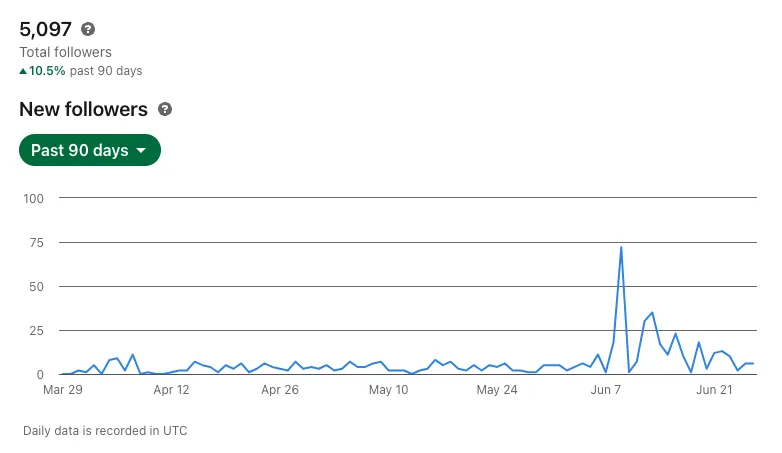
Case Study: Dan R.
Results Achieved in 28 Days:
Post Impressions: 1,144.2% increase
Follower Growth: 10.5% increase (160 new followers)
Paid Subscribers: 30 new subscribers generating $13,320/year
Business Leads: Secured 2 major leads valued at $50,000
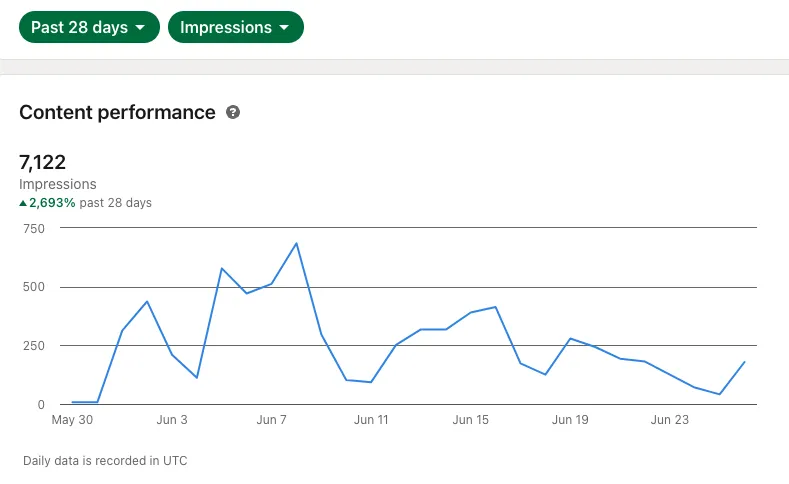
Case Study: Chris J.
Results Achieved in 30 Days:
Post Impressions: 2,693% increase
Opportunities: Secured multiple speaking engagements
New Leads: Financial clients reaching out directly through messages
FOUNDER'S MESSAGE
Why Building a Timeless Personal Brand is More Important Than Ever
Your message deserves to be heard.
Building a personal brand is no longer just a 'want'—it’s a necessity to succeed in today’s business landscape.
We know the challenges that come with starting and growing your brand in this fast-paced world. Too many content agencies focus on chasing short-term virality, sacrificing your long-term vision.
But real branding goes beyond quick wins. It’s about adopting a mindset that prioritizes lasting impact and authenticity.
That’s why we’re here.
We’ve partnered with clients from various industries, all sharing one mission: to create sustainable, recognizable brands that endure.
Let’s build a brand that stands the test of time—together.
- Owen Sammarone

STILL NOT SURE?
Our 1% Guarantee
We guarantee your Profile will be positioned in the Top 1% in your niche within 90 days.
If we don’t deliver, we work for free until we do.
Ready to transform your LinkedIn presence and elevate your brand to the top 1%?






















